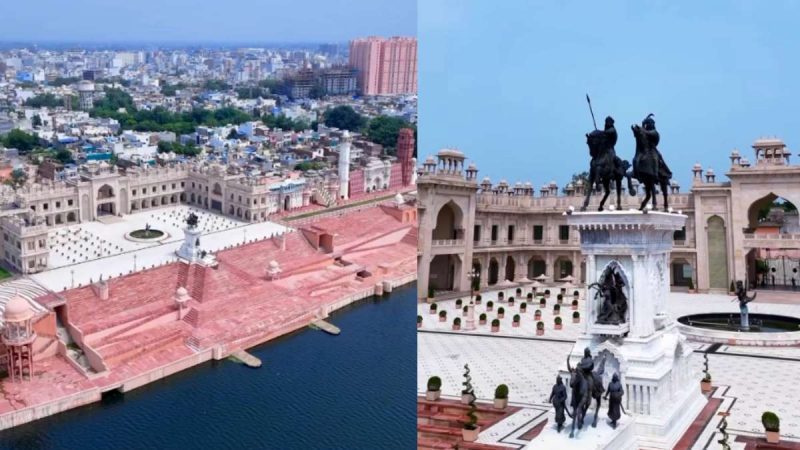Kota, often referred to as the “Education City of India,” is famous for its coaching centres, but beyond this academic façade, lies a deep connection to history, art, and architecture. The city has long been a hub for trade and culture, with the Chambal River playing a crucial role in its development. The Chambal Riverfront is a tribute to this relationship.
Urban Masterpiece, Chambal Riverfront
The Chambal Valley has historically been the home of legends involving brave dacoits and warriors. These tales still resonate in the region’s cultural fabric. The river itself is considered sacred, and it has been a lifeline for the inhabitants of this arid region. Spanning a significant stretch along the river, the Chambal Riverfront is a testament to how cities can enhance their public spaces. A stunning architectural endeavour, this riverfront project is a reflection of Kota’s heritage, marrying the old-world charm with modern-day amenities.
Once a neglected stretch, this section of the Chambal River has been transformed into a stunning and lively tourist destination. The Chambal Riverfront Restoration Project is a remarkable example of urban riverfront revitalisation. The riverfront features a walkway, cycling track, children’s park, food court, water sports complex, and a museum. As a result, it has emerged as a favoured destination for both locals and tourists from across the country and around the globe.
A key highlight of the riverfront is the series of ghats, reminiscent of ancient Indian riverside architecture, where people can gather, meditate, or simply enjoy the peaceful ambience of the flowing river. The design of these ghats draws inspiration from the famous ghats of Varanasi and Udaipur, but with a unique Kota flavour, blending traditional elements with modern amenities.
A Hub For Recreation & Tourism
The Chambal Riverfront has become a significant recreational spot. It features 26 ghats, each representing a distinct architectural style from various regions of India. Among them is the Rajputana Ghat, which highlights the art and culture of nine Rajasthani regions: Shekhawati, Dhundhar, Marwar, Wagad, Mewar, Ahirwal, Mevat, Gorwar, and Hadauti.
Another notable site is the Literary Ghat, which hosts statues of renowned authors and a library boasting hundreds of books. Ghanti Ghat is home to the world’s largest bell, audible from a distance of up to 10 km. Additional attractions include the face mask of Pandit Jawaharlal Nehru at Jawahar Ghat, and the Nataraja statue at Nandi Ghat. It also houses a stunning 225-foot-tall marble sculpture of Chambal Mata.
The Chambal Riverfront is now a recreational spot for the people of Kota and a growing tourist attraction for visitors.
Cover image credits: X/Keeratmand

